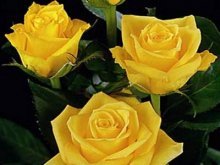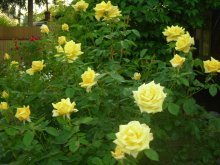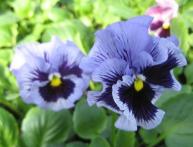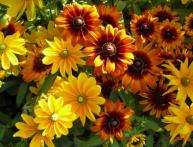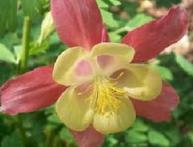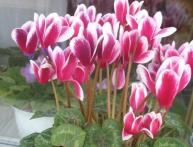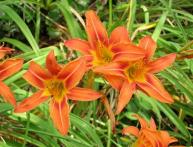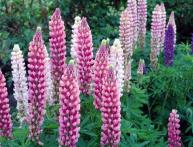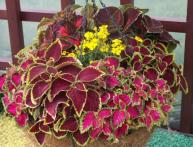Features of the Berolina rose: how was the variety developed?
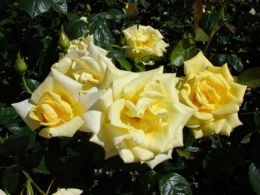
Rose Berolina can truly be considered the queen of the garden. Its beauty and tenderness, along with unpretentiousness, made the flower popular.
Hybrid tea roses have long been known among flower growers and gardeners as royal, revered and beloved flowers.
In every well-groomed front garden or on flower bed, these delicate and attractive roses grow in a rose garden or on a summer lawn.
Content:
- A little history of the Berolina rose
- Selection of rose Berolina and its description
- Planting conditions and care
A little history of the Berolina rose
The first hybrid tea roses appeared in 1867 as a result of long-term selection. These were the ancestors of modern Berolina roses - the famous La France roses.
After much trial and error, breeders developed delicate roses with lemon-yellow petals, resistant to many diseases, growing in different conditions.
The painstaking work of scientists in 1930 led to the emergence of a new class - Hybrid Tea. Unusuality, originality and simplicity attracted attention.
Many scientists in different countries have been working on developing new varieties for a long time. Their efforts were not in vain.
As a result of painstaking work, the process of which was not disclosed, German breeders in 1984 grew new rose, which quickly won the hearts of many rose growers.
Selection of rose Berolina and its description
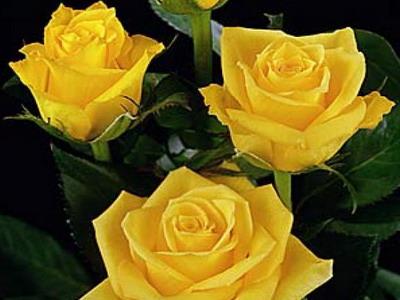
The official name of the flower is Hybrid Tea roses Berolina, selection W.Kordes' S?hne 1984.
In 1986, this variety received the ADR (Allgmemeine Deutsche Rosenneuheitenprufung) award in Germany.
This high award characterizes the flower as resistant to the negative effects of cold and disease. That same year, the Berolina rose won gold medals at rose competitions held in Dublin, Ireland, and in the city of Cortijk, Belgium.
In the period from 1998 to 2001, at the competitions of the American Rose Society AARS, this hybrid tea rose received the high title of Queen of Show.
Rose Berolina received worldwide recognition not only for the beauty of its inflorescence. This flower has special characteristics that are unusual for other roses of this class.
Rose Berolina is an easy to grow flower. The plant is bushy, high. The average size of the bush is 1000x50 cm. Growing in the south, it can reach a height of 2.5 meters. The average height of the variety is about 1 meter.
The bush has an erect, tall shape. The stem of the plant is long, easy to cut, and has a minimum of thorns. The foliage is dense and dark green.
The leaves are glossy, with shine, in the sun they look as if covered with varnish. Rose Berolina is characterized by long, abundant flowering, repeating throughout the entire period.
The flowers of this rose variety are goblet-shaped, large, and densely double. The inflorescence consists of 35-40 petals, evenly distributed in the bowl. They appear from pointed strong buds one by one, singly.
The buds are located on long and strong shoots of the plant. The buds are usually light yellow or lemon in color. When the bud opens, the petals acquire a more saturated color.
Different bushes, depending on where they grow, can produce flowers of different shades: from lemon to golden amber.Sometimes the center of the Berolina rose has a red tint.
During flowering, the petals fade, acquiring uniform color. Rarely, the flowers appear in racemes, thereby resembling a floribunda. The diameter of the flower rarely exceeds 11 cm.
It exudes an incredibly rich fruity aroma with a hint of exotic fruits, enveloping it in an aura of romance. During the growth of the inflorescence petals arch out.
A pointed shape is formed. This makes the flower look like a star. This is its unusualness, luxury and splendor.
Planting conditions and care
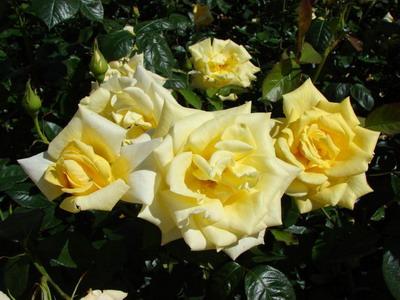
Rose Berolina was selected as a frost-resistant plant. However, for full growth in open ground in Russia, Belarus and Ukraine, it is necessary to cover the plant for the winter to avoid freezing.
When planting roses in flower beds and closed rose gardens, such care is not necessary.
This variety requires fresh soil, rich in nutrients, with good drainage.
Rose Berolina must be protected from strong winds and heavy rains, as these natural phenomena negatively affect the inflorescences. At the same time, it is recommended to select a place for planting that is illuminated and accessible to the rays of the sun.
In order for the plant to produce flowers continuously, faded inflorescences should be promptly removed by carefully trimming them with garden shears. At the same time it is required regular feeding.
The time to plant this rose is spring. As soon as the soil warms up, you can bury the cutting into the ground with the grafting site.
Watering is carried out once a week. If the weather is hot, you will need to water the plant more often, depending on the degree of dryness of the soil. Fertilizers are applied to the soil before the appearance of young shoots, but no later than the end of August.
If the rose has overwintered, then prune the upper part of the plant, leaving 3 buds on the shoot. Cut no more than 15 cm.
The main thing is to form a strong and healthy bush. Rose Berolina is little affected by diseases and pests. It is not affected by powdery mildew, rust, black spot, or spider mites.
This is a big advantage of this variety over others.
Beautiful rose Berolina on video:
Interesting information about the vegetable garden

